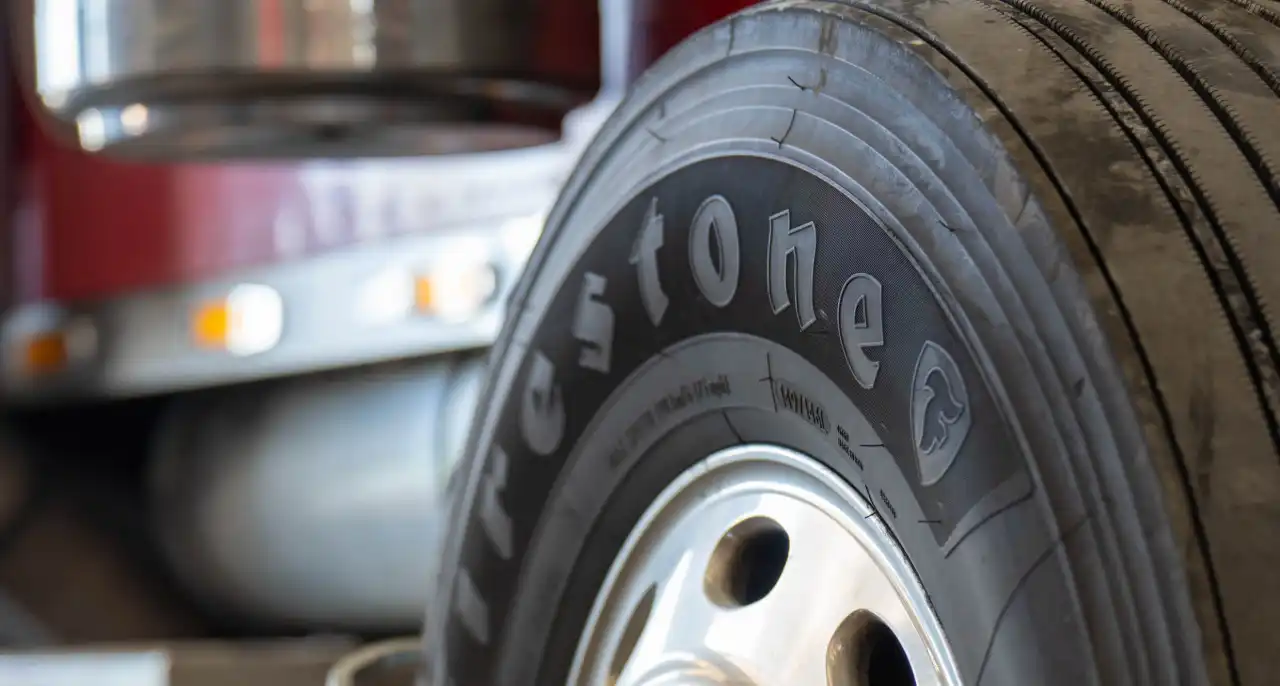Choosing the Right Tires for Heavy-Duty Trucks and Trailers
Choosing the right tires boosts safety, fuel efficiency, and uptime. Match tire type to usage, check load ratings, and maintain pressure and tread regularly.

Truck and trailer tires bear the brunt of extreme loads, long distances, and varied terrain. Choosing the right set isn’t just about ensuring safety—it’s about maximizing uptime.
Understanding Tire Classifications
Heavy-duty truck tires are generally divided into three positions: steer, drive, and trailer. Each plays a different role in handling and performance.
Steer Tires
Mounted on the front axle, steer tires are responsible for directing the vehicle and maintaining consistent road contact. They feature ribbed tread patterns for better water evacuation and precise handling. These tires are typically designed for long wear and fuel efficiency.
Drive Tires
Located on the drive axles, these tires are tasked with providing traction. Whether it’s climbing steep grades or hauling through snow-laden highways, the deep lug patterns of drive tires help maintain grip under duress.
Trailer Tires
Trailer tires are mounted on free-rolling axles. They carry heavy loads and endure significant lateral stress during turns. These tires prioritize stability, even tread wear, and resistance to heat buildup.
Matching Tires to Your Application
Not all truck tires are built for the same purpose. Choosing the right type depends on how and where the truck operates.
Long-Haul vs Regional vs Urban Use
- Long-haul tires are engineered for consistent speeds on highways over thousands of kilometers. They focus on minimizing rolling resistance to boost fuel economy.
- Regional tires, used for short-to-medium distances, balance durability and traction, suitable for frequent stops and varied routes.
- Urban-use tires require reinforced sidewalls and durable tread to handle curbs, tight corners, and stop-and-go traffic.
Tire Construction: Radial vs Bias-Ply
Tire construction impacts everything from tread wear to ride comfort. Most modern heavy-duty truck tires are radial, where cords run perpendicularly from bead to bead. This construction offers:
- Better fuel efficiency
- Cooler operation
- Smoother ride
- Longer tread life
Bias-ply tires, where cords crisscross diagonally, are less common but still used in specialty applications due to their rugged sidewalls and load-handling capabilities.
Load Rating and Tire Ply
Each tire carries a load rating that tells you the maximum weight it can safely carry. This is critical when hauling heavy cargo or operating on uneven terrain. Most heavy-duty truck tires are rated at 14-ply or higher. The more the plies, the stronger the tire—but also heavier and stiffer.
Properly matching load rating to the truck’s gross vehicle weight rating (GVWR) is not negotiable. Overloading a tire can lead to blowouts and downtime.
Tread Patterns and Their Purpose
The tread pattern is more than just rubber—it's engineering in action. Let’s break it down:
- Ribbed treads (common on steer tires) offer low rolling resistance and even wear.
- Lug treads (seen on drive tires) dig into snow, mud, and gravel, giving much-needed traction.
- Hybrid patterns blend rib and lug features for trucks operating in mixed environments.
- Off-road treads feature large voids and aggressive lugs for maximum grip on unpaved surfaces.
Rotating tires according to their tread wear patterns and positions helps extend their service life, especially on mixed-use fleets.
Weather-Resistant Tire Options
Winter-rated tires for heavy-duty applications include deeper tread, softer rubber compounds, and siping to improve grip. All-weather tires, while versatile, often compromise performance under extreme conditions.
Always verify if the tire has the Three-Peak Mountain Snowflake (3PMSF) symbol—it certifies suitability for severe snow conditions.
Retread vs New Tires
Retreaded tires offer a cost-effective solution for fleets looking to stretch their budget. Quality retreads can rival new tires in performance if the casing is in good condition and the retread process meets stringent industry standards. That said, retreads are best used on trailer axles or drive axles, not on the steer position where failure risk carries greater consequences.
Tire Maintenance Best Practices
Even the best tires will fail prematurely without proper maintenance. Follow these guidelines:
- Check tire pressure regularly, especially before long hauls or in changing weather.
- Inspect tread depth and ensure it meets the minimum legal requirements (often 4/32” for steer and 2/32” for others).
- Balance and align wheels to prevent irregular wear.
- Monitor for sidewall damage, which can be caused by curbs, debris, or improper inflation.
- Rotate tires periodically based on usage and wear patterns.
The Right Tire Dealer Matters
Work with a dealer who understands fleet requirements, carries regional inventory, and can offer on-site inspections or emergency replacements. Availability of services such as roadside tire assistance and mobile fleet inspections can be a major advantage.
Conclusion
Choosing the right tires for your heavy-duty trucks and trailers isn't just about rubber—it’s about making informed decisions that impact your safety, bottom line, and uptime.
If you require tire repairs or services in Edmonton, AB, contact Steve's Diesel Repair today.
.webp)